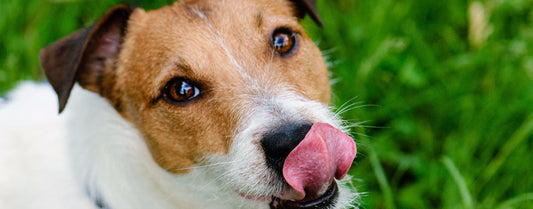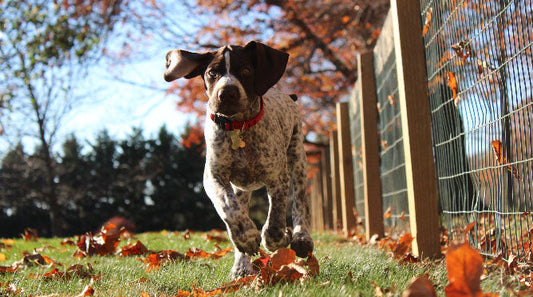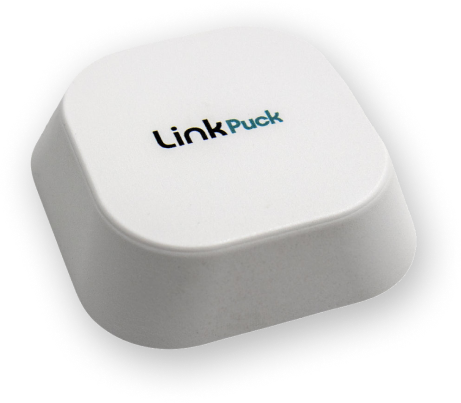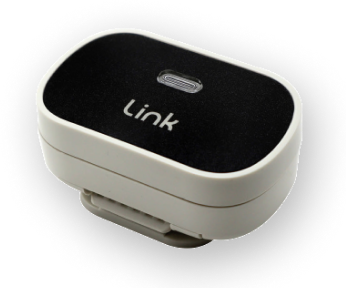Your dog depends on you to feed him healthy, fresh meals each day. This means that you must learn to store your dog food properly, because if it’s exposed to air or light, it can oxidize and degrade quickly. Meaning your dog’s food can become rancid and could cause your dog to become ill. This guide offers basic tips for storing dog food as well as ideas for storing each type of food.
Learn how to choose the right food for your dog.
Basic Dog Food Storage Tips
-
Figure out how much your dog really eats. Around 50 percent of dogs in the United States are overweight because their owners overfeed them. While the chart on the back of your dog food packaging is a basic guide, you also need to factor in their age, activity level, and health concerns.
-
Buy only the food you need for a month. Dog food does have a decent shelf life, but the fresh taste can fade overtime. In addition, the food starts to lose its nutritional value. Therefore, it’s best to only purchase what you need for a month.
- Store your dog food in a cool, dry location. Your pantry might be an ideal spot if if’s stored high enough where your dog can’t knock it over. Avoid keeping it in moist, hot spots like your garage.
-
Don’t combine old and new bags of food together. Doing so could accidently contaminate the new bag of dog food.
- Watch for expiration dates. Keep dog food in its original packaging to ensure you can see the expiration dates. Feeding your dog expired food could cause him to become sick.
Is your dog a picky eater? Here’s what to do.
Dry Dog Food Storage Tips
-
Seal your dog food securely. One way to do this is to roll the sides of the packaging down, and secure it with a bag clip, making sure no air gets in.
-
Protect your dog food by storing the entire bag in an airtight container. Since dry dog food has oils in it, it will go rancid if exposed to air. Both plastic and stainless-steel containers work well.
-
Keep your dry dog food in the original packaging. Not only will you be able to see the expiration date on the original packaging, but if there is ever a recall, you’ll need to check the UPC code to see if your dog’s food is affected.
- Wash out your airtight dog food storage containers monthly when changing bags. Use hot, soapy water and white vinegar to remove the oils released from the dog’s kibble. This will prevent the container from becoming greasy and the kibble from becoming contaminated.
Thinking about feeding people food to your pup? Here are the dos and don’ts.
Canned Dog Food Storage Tips
Canned dog food can last for up to two to five years if you store it correctly.
-
Watch those expiration dates. Rotate your dog food cans, moving the older ones to the front, and putting the newly purchased ones further back.
-
Eliminate any cans that are deeply dented, which often means that the can’s seal was compromised, and bacteria is lurking inside.
- Make sure you use the contents of the can promptly or transfer it to an airtight container and store it in your fridge. If open and stored in the fridge, use within five days.
How much food do puppies need?
Raw Dog Food Storage Tips
-
Use your raw food within one to two days of opening it. It’s not meant for long-term storage.
-
Divide homemade or bulk raw food into portioned containers and freeze them. Bulk buy or making raw food at home can save a lot of money on often expensive food. Just make sure you freeze your supply to keep it fresh.
- Thaw raw food when you’re ready to use it and feed that portion to your dog within three days.
Each brand of dog food has different ingredients and shelf life so use this as a basic guide for keeping your dog’s food fresh. If you’re ever unsure, it’s best to toss it and not risk your dog’s health. These signs are a good indicator that food has gone bad: once crispy kibble is now soft; oily food has dried out; and/or the smell has changed.





